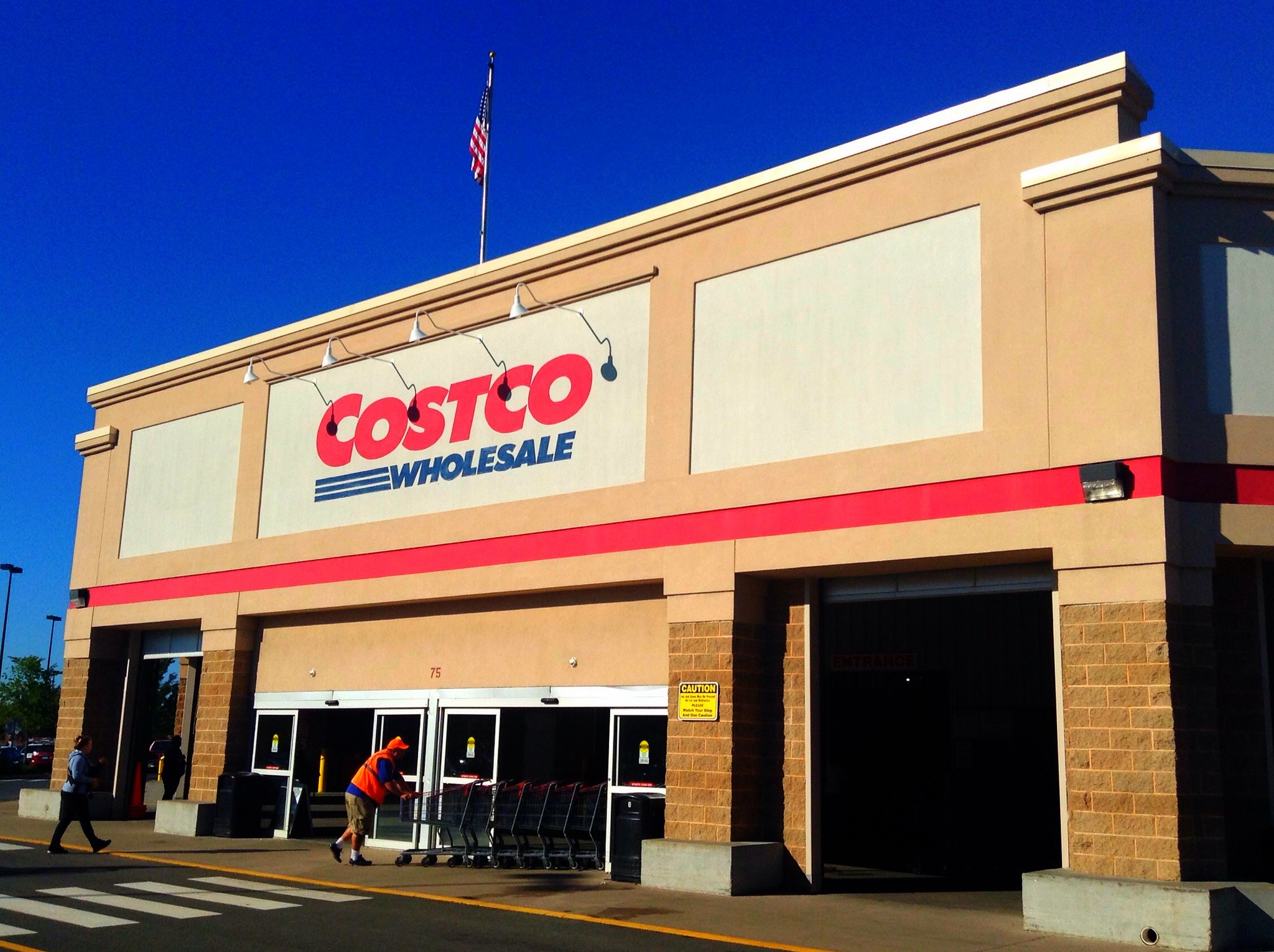On-demand t-shirt printing company Spreadshirt saw conversions via mobile phones double in December and basket size go up five-fold, showing that consumers are not just using their mobiles to browse, but can be converted into enthusiastic buyers.
Sales via mobile devices – both phones and tablets – for the print-on-demand, e-commerce merchandising platform, rose to 22% of all orders in December 2014, up from around 11% in December 2013. These sales were converted from visitor figures, which were less than double the level of Christmas 2013.
The stand-out trend in Spreadshirt’s Christmas sales data is the rise of conversions via mobile phones. Spreadshirt CEO, Philip Rooke, explains: “the unexpected news from our December mobile trading is that globally, purchases over a phone are at 58% (up from 47% for Christmas 2013), whereas the tablet share is 42%. We expected the tablet to be the most appropriate device for shopping, especially with our create-your-own t-shirt offering. Even in Europe however, where tablet sales were 53% of our December mobile orders, phone sales are on the rise, up to 47% from 35% in 2013”.
Spreadshirt had a strong Christmas overall, breaking the company daily orders record; it saw 19,200 orders on one day in December, beating the previous record of 15,600 in December 2013. Overall, orders were up nearly 12% worldwide in the Christmas period. The Spreadshirt Marketplaces was the main growth driver in December, showing an increase of 56.7% year-on-year.
Rooke continues: “We set out to make 2014 our year of the mobile experience, and we think these numbers prove that we got something right! During the year we discovered that the key to converting mobile visitors into buyers includes three things; visuals, features and payments. We simplified the user-interface and search facilities, to have less text and a stronger focus on design. We also added a wish list feature and created a responsive, single page check-out to make payments easier”.
Spreadshirt sees mobile as a strong trend for 2015 too. “Our strategy of optimising the platform for mobile use in 2014 meant that we were able to start turning mobile visitors into mobile buyers by the end of the year. We will continue to work on this and monitor the rising sales-via-phones trend in 2015,” says Rooke.








